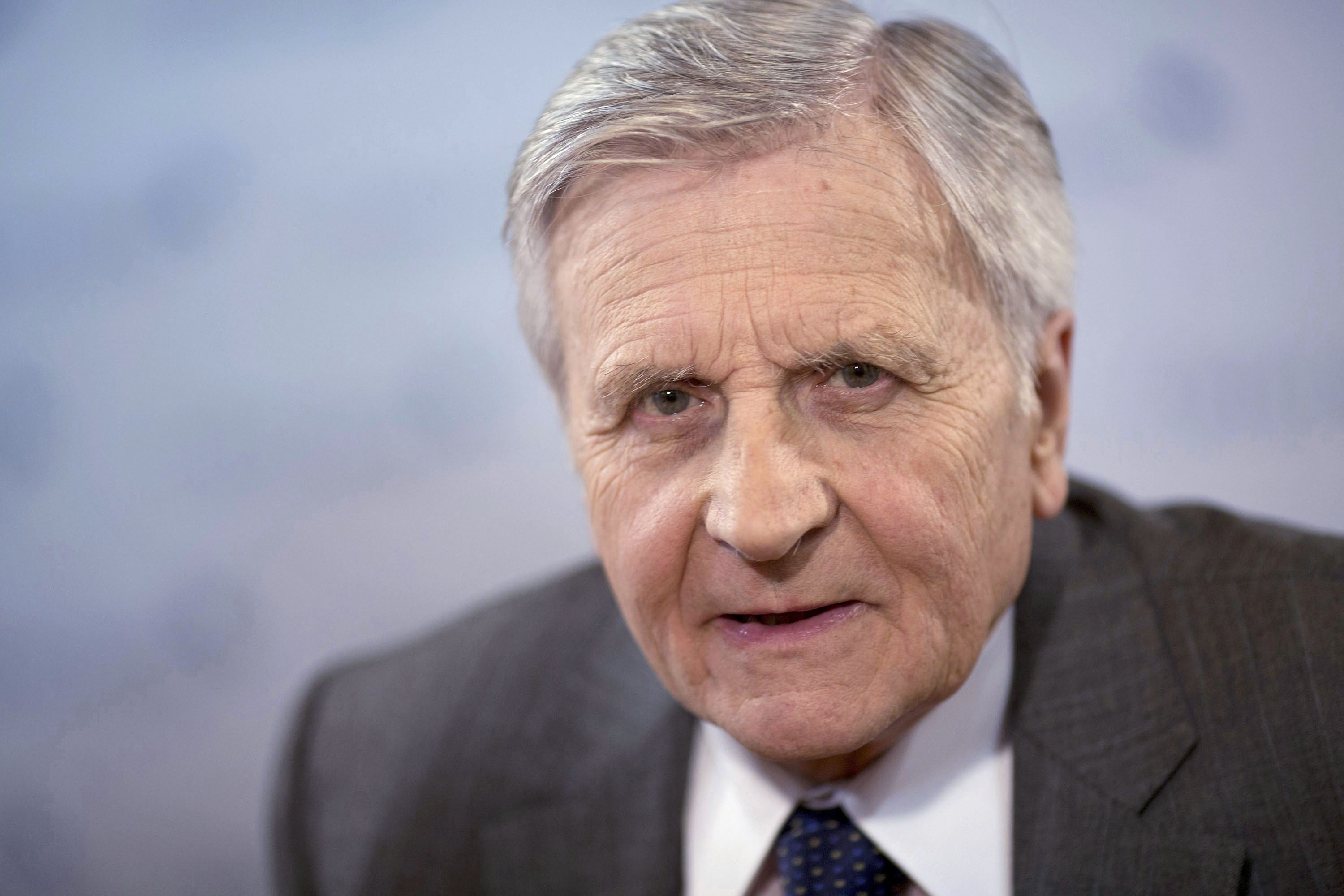The BlackBerrys all started buzzing, just before dinner was to begin at the Palacio da Bacalhoa, a 15th-century estate outside Lisbon. The 21 men and one woman charged with charting the course of Europe's economy looked down to find startling news that evening of May 6, 2010.
Across the Atlantic, the U.S. stock market had plummeted. In only 15 minutes, the Dow Jones industrial average had fallen about 1,000 points, razing the stock prices of some of America's biggest companies to a single penny.
It would later be known as the "flash crash" and would be chalked up to strange technical factors. But in the heat of the moment, it flashed a different sort of danger. To the leaders of the European Central Bank who made up the Governing Council, who that very day had dismissed risks to their financial system, the crash seemed a striking referendum on what they had done — or rather, not done.



















With your current subscription plan you can comment on stories. However, before writing your first comment, please create a display name in the Profile section of your subscriber account page.